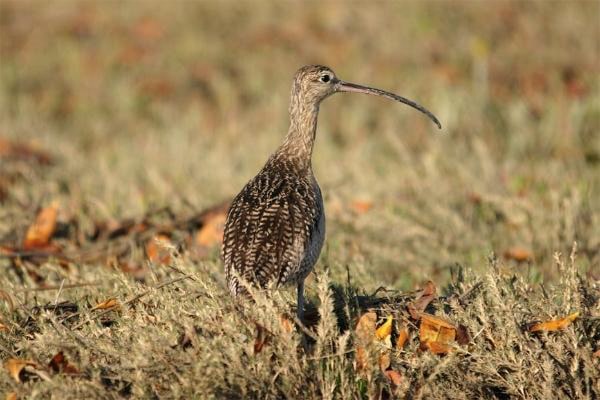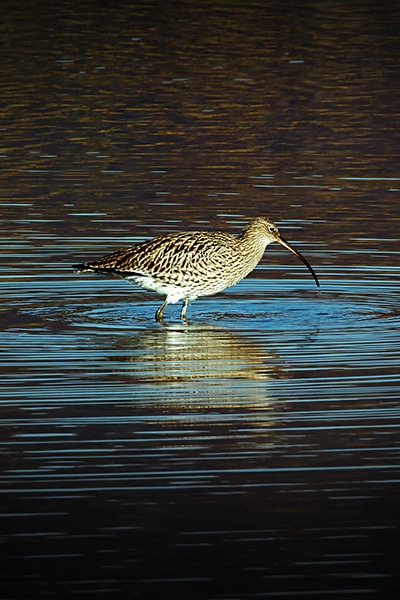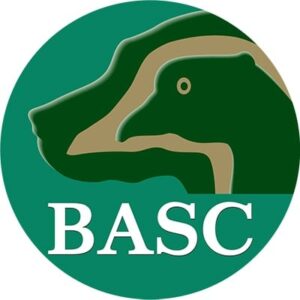
No “one size fits all” approach to upland management, report concludes
Researchers from the University of York published the findings following 10 years studying the impact of land management practices on moorland habitats.
Get information on the legal shooting season for mammals and birds in the UK.
Apply for funding for your project or make a donation today
Comprehensive information and advice from our specialist firearms team.
Everything you need to know about shotgun, rifle and airgun ammunition.
Find our up-to-date information, advice and links to government resources.
Everything you need to know on firearms law and licensing.
All the latest news and advice on general licences and how they affect you.


Curlew is Britain’s largest wader and was once common throughout the UK, which hosts around 25 per cent of the international population.
Curlew are large birds with a plain, speckled appearance of brown, cream/buff, grey and white feathers with a white underside.
The main visible differences between the sexes are the female’s larger overall size and longer bill. Juveniles have much shorter bills.
The Eurasian curlew can be spotted for much of the year on coasts, estuaries, and flooded pastures. They migrate inland to breed on moorland or grassland.
Rough, damp and unimproved pasture with tussocks to forage and feed in are preferred.
For nesting, curlew choose flat ground, drier than the ground that they forage in and generally away from areas predators may inhabit such as trees and shrubs.
They will avoid heavily stocked livestock fields, ideally nesting on meadows with grass 20-30cm high where they can be camouflaged from predators with the ability to put their heads overs the crop to observe the surrounding area.
Curlew also need insect-rich grassland for chicks to forage in during spring and summer.
Curlew are site faithful and return to the same area to nest in year on year.
Adults have a distinctive long bill which they use to probe the ground for worms, caterpillars and invertebrates.
Curlew have an evocative bubbling call.


Curlew are one of the highest conservation priority birds. In the UK alone curlew population numbers have declined by about 50 per cent, with rapid declines across Europe being recorded, too.
Curlew are classified as vulnerable on the European Red List, which means that the species is at risk of extinction.
BASC has held joint workshops with the BTO aimed at providing information and garnering support for curlew conservation.
We have supported curlew conservation efforts in North East Wales with the provision of electric fencing equipment to erect temporary electric fences around curlew nest sites. These should only be put up and maintained by those with experience of working with ground-nesting birds. If you find a nest on your land and would like to protect it in this way, please contact BASC for support.
BASC is a member of Gylfinir Cymru (Curlew Wales) which is a pan-organisational group of government and non-government conservation and land management organisations committed to driving forward the strategic direction to conserve breeding curlew in Wales.
We’ve collated nationwide sightings of curlew from members and signposted members to local action groups.
The first nests are made in April and most should have at least one egg by 1 May. Curlew make their nests in the sward by pressing down and flattening the grass to form a shallow cups.
Curlew usually lay up to four eggs, though older birds may produce less eggs. Second attempt at nesting, when the first nesting attempt failed, may also produce a smaller clutch. The second nest attempt will only happen if the eggs from the first nest were lost. If chicks are lost, curlew will not try again until next season.
Nests are usually difficult to find, as curlew are territorial and cautious birds. They will try and disguise the exact location by landing a long way from the nest and walking through long grass to reach it.
Eggs are incubated for 27-29 days. The period from hatching to fledging is about 32-38 days.
Once the chicks have hatched, the female leaves the male to do most of the rearing. Both male and female birds take turns to sit on the nest before eggs hatch.
Adult birds can live exceptionally long lives of up to 20 or even 30 years.


Researchers from the University of York published the findings following 10 years studying the impact of land management practices on moorland habitats.

From outreach work with schools, to generating cross-party support in parliament, BASC’s bird box project continues to go from strength-to-strength.

BASC has been announced as the headline sponsor of this year’s Yorkshire Post Rural Awards, being held on 7 October 2021.
Sign up to our weekly newsletter and get all the latest updates straight to your inbox.
© 2025 British Association for Shooting and Conservation. Registered Office: Marford Mill, Rossett, Wrexham, LL12 0HL – Registered Society No: 28488R. BASC is a trading name of the British Association for Shooting and Conservation Limited which is authorised and regulated by the Financial Conduct Authority (FCA) under firm reference number 311937.
BASC Direct Ltd is an Introducer Appointed Representative of Agria Pet Insurance Ltd who administer the insurance and is authorised and regulated by the Financial Conduct Authority, Financial Services Register Number 496160. Agria Pet Insurance is registered and incorporated in England and Wales with registered number 04258783. Registered office: First Floor, Blue Leanie, Walton Street, Aylesbury, Buckinghamshire, HP21 7QW. Agria insurance policies are underwritten by Agria Försäkring.
If you have any questions or complaints about your BASC membership insurance cover, please email us. More information about resolving complaints can be found on the FCA website or on the EU ODR platform.